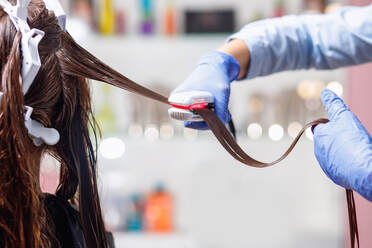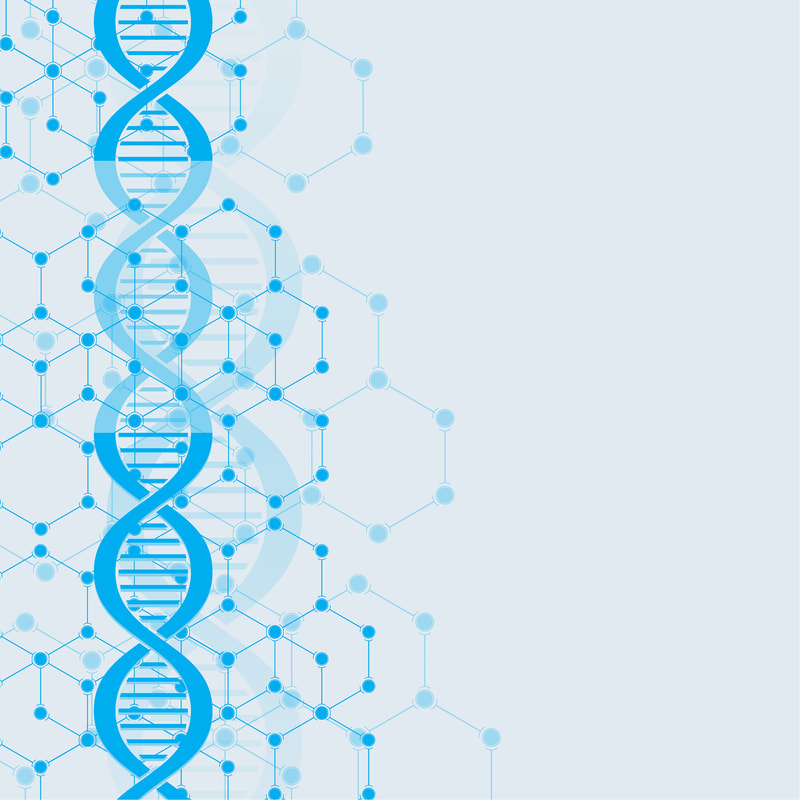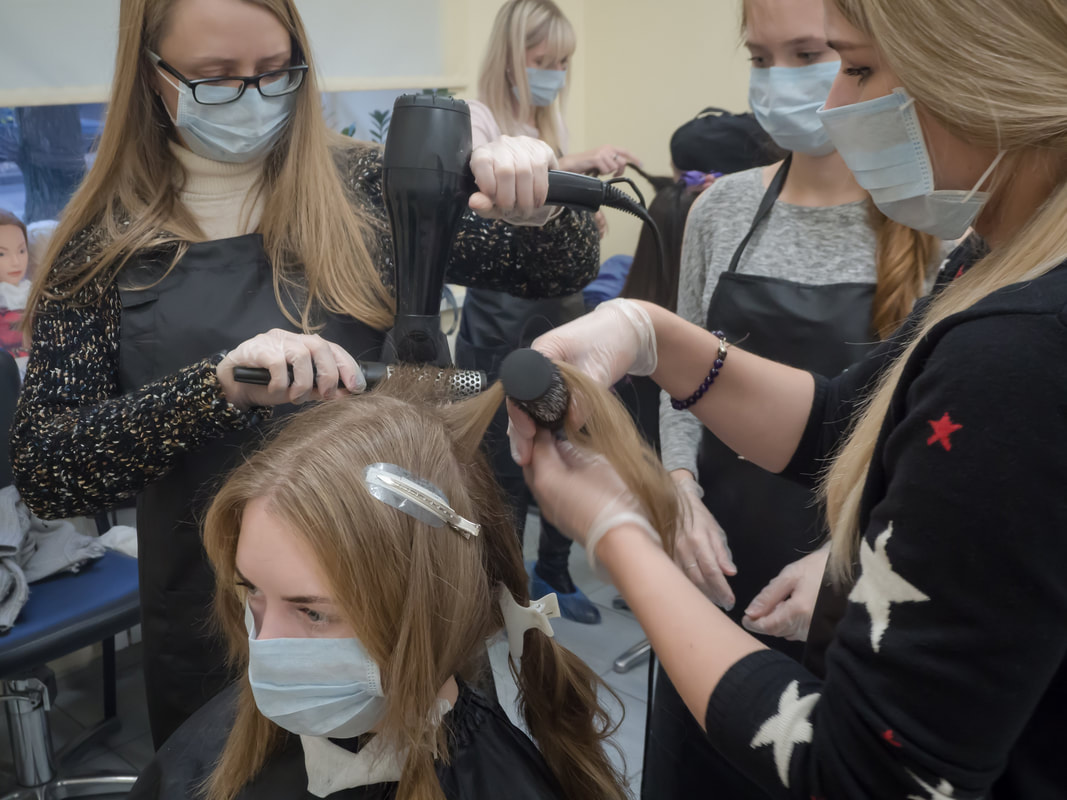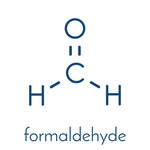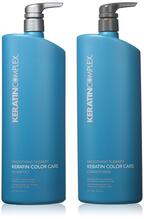Keratin Treatments: What You Need To Know
Despite the debate, keratin treatments are wildly popular. And in the pursuit of #hairgoals, the promised results are tempting. So, which is true? Are these miraculous treatments the antidote to years of struggling with your hair, or could your health truly be at risk?
What is a keratin treatment?
Human hair is made up of a strong fibrous protein called keratin. And, here’s a little chemistry refresher - within the keratin are three types of tiny bonds that reinforce the protein: hydrogen bonds, salt bonds and disulfide bonds. Each type of bond accounts for approximately 1/3 of the hair’s strength.
|
Hydrogen bonds are easily broken by water and heat and can temporarily change our hair’s overall shape. When you use a blow dryer or flat iron, you are reforming your hydrogen bonds.
Salt bonds can be broken by pH changes in the hair, both acidic and alkaline.
Disulfide bonds are one of the strongest naturally-occurring bonds in nature. Disulfide bonds can only be broken chemically.
|
Keratin treatments work by breaking and reforming some or all of the bonds in your hair. The chemical composition of the product keeps the newly redesigned bonds in place and fills the gaps where keratin has been depleted.
A keratin treatment does not simply replace your naturally depleted keratin.
In fact, most topical keratin formulations will do very little other
than mildly condition your hair.
In fact, most topical keratin formulations will do very little other
than mildly condition your hair.
A brief history:
In 2007, keratin treatments swept salons across the nation. The New York Times even wrote about a law student from Queens weeping after seeing the spectacular results.
|
But 3 years later, they were writing a different story entirely. In October 2010 OSHA published a Hazard Alert and a full report warning salon owners and stylists about smoothing products, particularly those described as “keratin-based”.
|
OSHA had tested more than 100 samples of keratin-based hair smoothing products and found formaldehyde levels well above safety limits. They also discovered that manufacturers, importers, and distributors of the hair smoothing products had not listed formaldehyde or included hazard information on the label or in the MSDS (Material Safety Data Sheet). Some of the products were even labeled “formaldehyde-free”!
But here’s a little more chemistry for you – no product will technically contain formaldehyde because formaldehyde is a gas. What they can contain are ingredients that release formaldehyde when heated or mixed with water. Here is what the United States Department of Labor website says:
|
OSHA should alert salon owners and stylists to look closely at the hair smoothing products they are using to see if they contain methylene glycol, formalin, methylene oxide, paraform, formic aldehyde, methanal, oxomethane, oxymethylene, or CAS Number 50-00-0. All of these are names for or treated as formaldehyde under OSHA's Formaldehyde standard. There are also chemicals, such as timonacic acid (also called thiazolidinecarboxylic acid), that can release formaldehyde under certain conditions, such as those present during the hair smoothing treatment process. Products that contain these chemicals can expose workers to formaldehyde. |
Fast-forward to today:
|
OSHA and the Environmental Working Group (EWG) continue to list a number of keratin treatments including popular brands like Keratin Express, KeraGreen, Brazilian Blowout, and R&L as dangerous keratin treatments.
|
A few smoothing formulas have been developed using non-toxic ingredients like glyoxylic acid, such as Keratin Complex's Advanced Glycolic Smoothing Treatment and Goldwell Kerasilk. And research for safer options continues - a recent study discovered certain keratin peptides showed a high straightening efficiency without the use of harsh chemicals.
The bottom line:
The FDA acknowledges not every keratin treatment manufacturer has been honest with their ingredient marketing. As a result, downstream users (e.g., salon owners, stylists) are not being provided with the education and information they need to protect themselves and salon clients from exposure to toxic chemicals.
Until the use of formaldehyde in hair straightening products is legally prohibited, and the Federal Trade Commission cracks down on false advertising by products labeled as “formaldehyde-free”, your health and safety are in your own hands - ask your stylist what and how they’ve learned about the keratin product they use. Ask them if the treatment contains formaldehyde, or formaldehyde-releasing ingredients. If they say no, then ask them what exactly will be smoothing your hair. Remember: Keratin (or peptides or silk proteins) is not an acceptable answer.
A well-informed stylist will be happy to share their knowledge with you and talk about how they are keeping themselves, their fellow stylists and salon clients safe from toxic chemicals in the salon.
You can also request the MSDS for any keratin product. Remember, look for these ingredients:
If you’re simply not ready to dive head-first into keratin treatments, try experimenting with your curls! Or start with a few less intense keratin therapies – check out these hydrolyzed keratin products:

